I go to nature every day for inspiration in the day’s work. — Frank Lloyd Wright
Cities should be collaborative creations, no? Various professions, ways of knowing, modes of action, governments, and the people that live there, work together (we hope) to build their city from their shared and often contested values. And we need to find greener routes to built cities for them to be sustainable. This mixing of different ways of knowing into shared visions toward cities that are better for both people and nature is the core spirit of TNOC. In this spirit, let us celebrate some of the highlights from TNOC writing in 2022. These contributions from around the world were some combination of widely read, especially innovative, and/or disruptive in a useful way. What follows will give you a sampling of 2022’s remarkable content.
Check out highlights from previous years: 2021, 2020, 2019, 2018, 2017, 2016, 2015, 2014, 2013, 2012.
In 2022, TNOC continued to lean into the arts — and specifically art-science collaboration — as a productive route to innovation. Such art-centered projects are reflected in these highlights. We also presented our third major event, The Nature of Cities Festival 2022. We continue all of these efforts.
Check out highlights from all ten years at TNOC, 2012 to 2021.
In our writing we continue to seek the frontiers of thought found at the fizzy boundaries of urban ecology, community, design, planning, infrastructure, and art. Onward and upward, let us hope.
Thank you. We hope to see you again in 2023.
Donate to TNOC
TNOC could use your help. We are a public charity, a non-profit [501(c)3] organization in the United States, with a sister organizations in Dublin (TNOC Europe). We rely on private contributions and grants to support our work. No pay-wall exists in front of TNOC content. So, if you can, please help support us. Any amount helps. Click here.
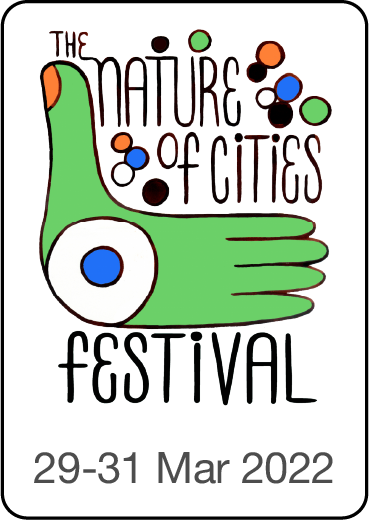 The Nature of Cities Festival
The Nature of Cities Festival
TNOC Festival 2022 pushed boundaries for a new form of meetings: one that is more inclusive and less carbon consumptive. Check out various outputs of TCOC Festival 2022 and out other events here.
Key to us is lowering barriers to participation. Barriers of all sorts: the costs of travel and lost time at work, language, registration costs (we are very inexpensive and often free). And the the program is largely crowd sourced to reflect the kinds of conversations that you want to have.
Future events are in the works.
Roundtables
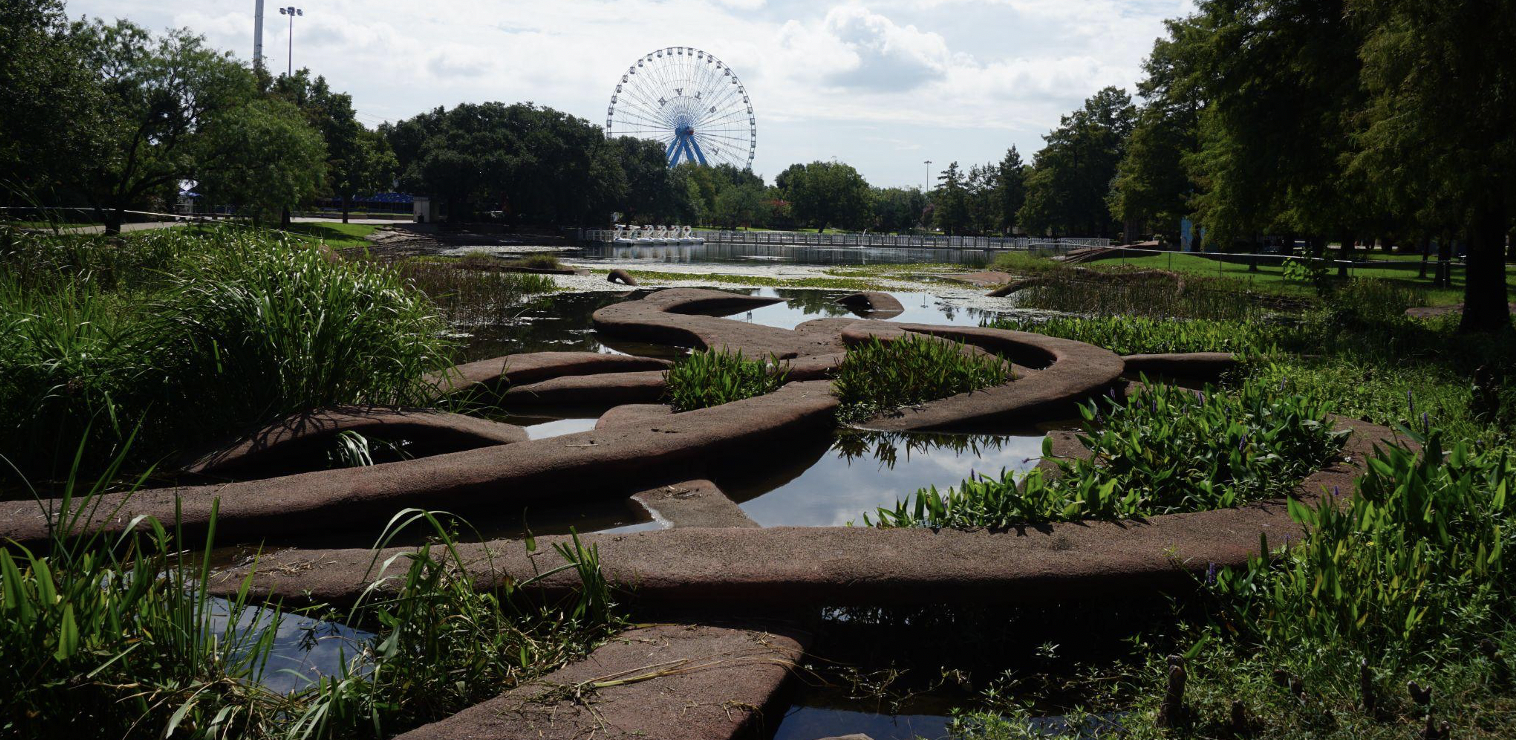
Artists and scientists that co-create regenerative projects in cities? Yes, please. But how?
What if scientists and artists worked together to co-create knowledge? This could be in active co-production, or even just in sharing ideas about shared objects of inquiry. This kind of sharing happens relatively rarely — most people in art and science tend to work squarely within their disciplines — but more and more of us are trying to create useful spaces in which artists and scientists interact. As land care and ecosystem regeneration become increasingly paramount, more artists and scientists, and practitioners are dedicating their efforts to participating in such practices together. We are one, with multiple shapes. In the same logic, collaboration between knowledge bases is crucial to addressing problems that haven’t been solved by monolithic thinking, and may have been created by it.
As urban and environmental practitioners and change-makers, whether in the public, private or NGO sectors, we work to respond to the global imperative to bring more nature into our cities, with a seemingly clear understanding of the science that underpins the urgency of the current moment. We know full well that nature provides many benefits which sustain our increasingly urban lives. We also know that this nature is diminishing at unprecedented rates and needs to be protected, conserved, and even restored as a matter of priority. Acknowledging the need to act now is an easy message to promote, and at the strategic planning level, awareness, and advocacy of the need for action are at an all-time high. But do we know what this action entails at a practical level?

What will spur action? Recently some climate activists have taken to gluing themselves to or throwing food on famous paintings. There have been quite a few examples. Several activists were recently fined. (Apparently, no paintings have been seriously damaged yet.) “The adults aren’t listening”, say many young people, and it is hard to say they are wrong.
Are such shock tactics useful? Can they change their opinion (in either direction)? Are they directed at the wrong targets? This is a prompt that asks us to reflect on the value of contentious and activist dialogue at intersection of art, science, ecology, activism, cities, and public opinion. A common theme among many of the responses included here — across the YESs, MAYBE, and NOs — is a deep exasperation at our failure to move climate action forward. One thread is that such activism aims at the wrong target. Another is that, well, it may be absurd, but at least it gets people talking about climate change.
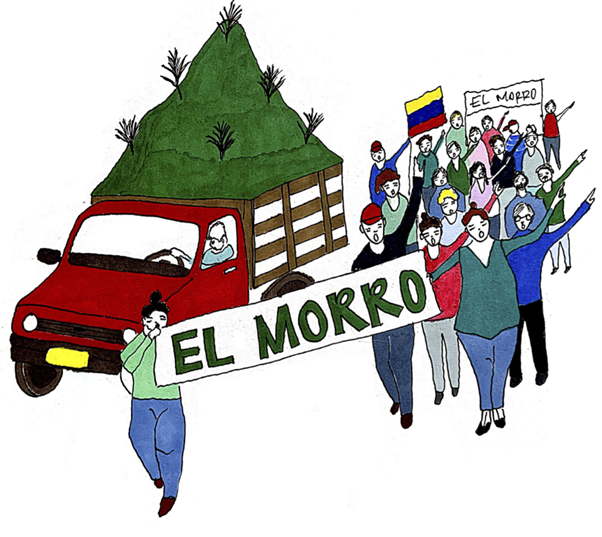
As societies and individuals, we only overcome such a system of oppression by recognizing it and dismantling it. Dismantling might require a kind of reverse engineering. Is that too slow? If so, is the approach to figure out where the wrenches are best thrown into the gears? Making us all look away from the larger machinery of racism is one of the racialized machine’s most insidious strategies for its own perverse resilience.
Of course, such oppressive systems do operate all over. The gigantic social-environmental system of racism has dimensions of colonialism at global and within-nation scales. In traditions where race doesn’t provide the operative hierarchy, colorism often stands in. Oppression has other dimensions too: religion and sect, gender, class, migrant status, and access to training and education, among others. Research on such things as the global extent of segregation, or the deep, lasting legacies of colonialism in both the “periphery” and the “mother country,” demonstrate the virtually universal importance of a structurally inequitable system that affects access to nature’s benefits.
Art and Exhibits
One of the things I learned [as the first artist-in-residence at NASA] was that artists and scientists have a lot more in common than you think because scientists don’t know what they are looking for either. — Laurie Anderson
In recent years TNOC has greatly expanded out investment in and comment to art and art-science-practice collaboration. This has taken the broad forms of poetry, fiction, exhibits, comics, graffiti, and residences of artists working with science teams. In every expression, we design to mix voices from artists, scientists, and practitioners together in the joined conversations about the issues we face. Here are a few examples.
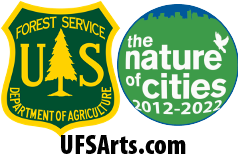 Urban Field Station Collaborative Arts Program
Urban Field Station Collaborative Arts Program
The Urban Field Station Collaborative Arts Program is a virtual, community-centered artist residency brought to you by the USDA Forest Service, The Nature of Cities, and local partners. Selected artists engage with land managers and researchers to better understand, represent, and communicate about urban social-ecological systems through works of art and imagination. The program’s mission is to promote understanding of and engagement with urban ecology through art. The Urban Field Station Network understands cities as social-ecological systems, and this year’s call for artists focuses on the theme of connectivity.
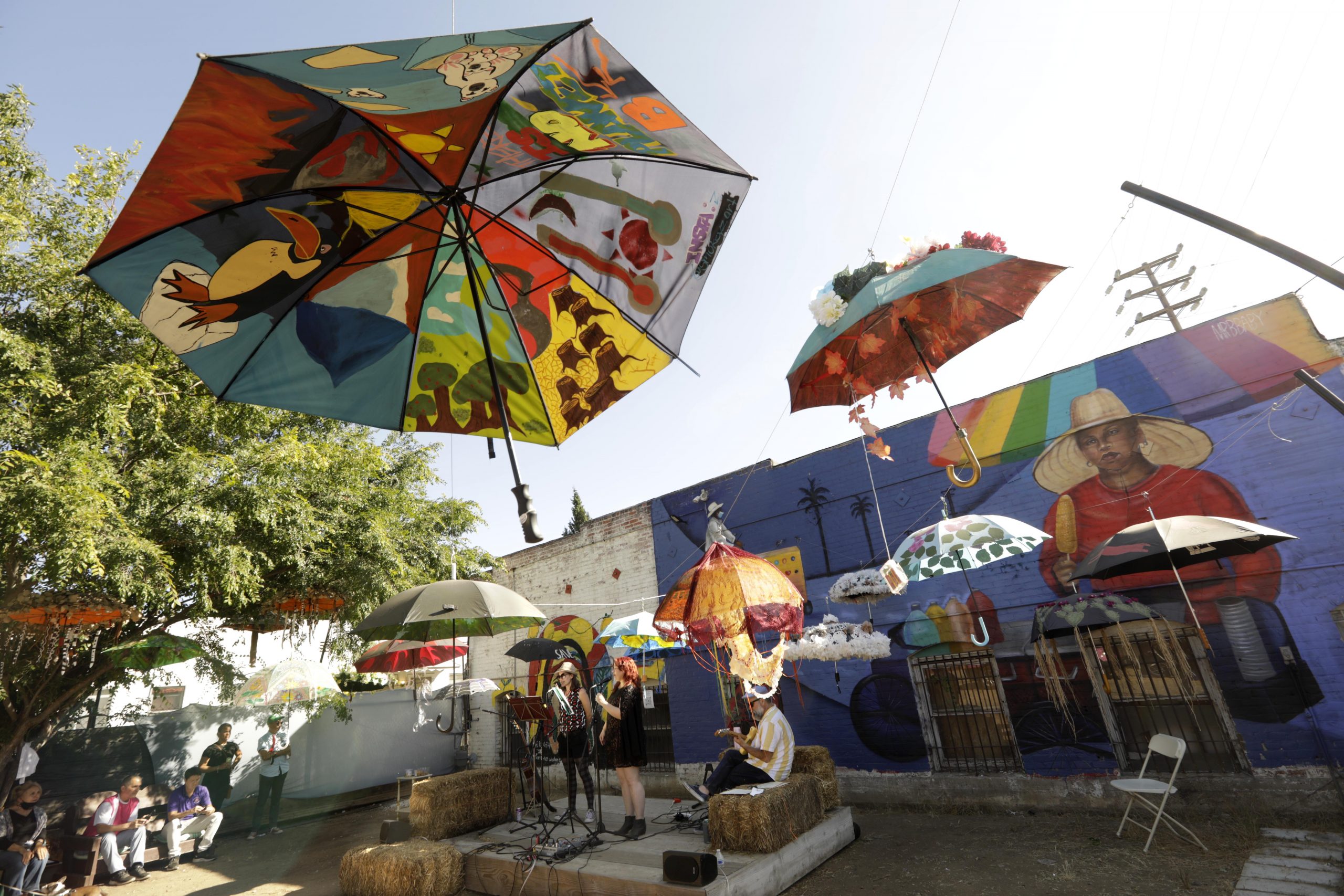
Shade in the City: Rising Heat Inequity in a Sunburnt Era
To tackle the issue of urban heat, a group of 18 artists and activists in Los Angeles’ vibrant Highland Park neighborhood raised awareness of shade as an equity issue in an outdoor public art installation called Shade in LA | Rising Heat Inequity In A Sunburnt City.
In a warming world, shade equity is an issue that disproportionately affects low-income and working-class communities, people of color, and communities in developing nations who are more likely to work outdoors, rely on public transportation, and live in denser neighborhoods with a lack of trees and shade.
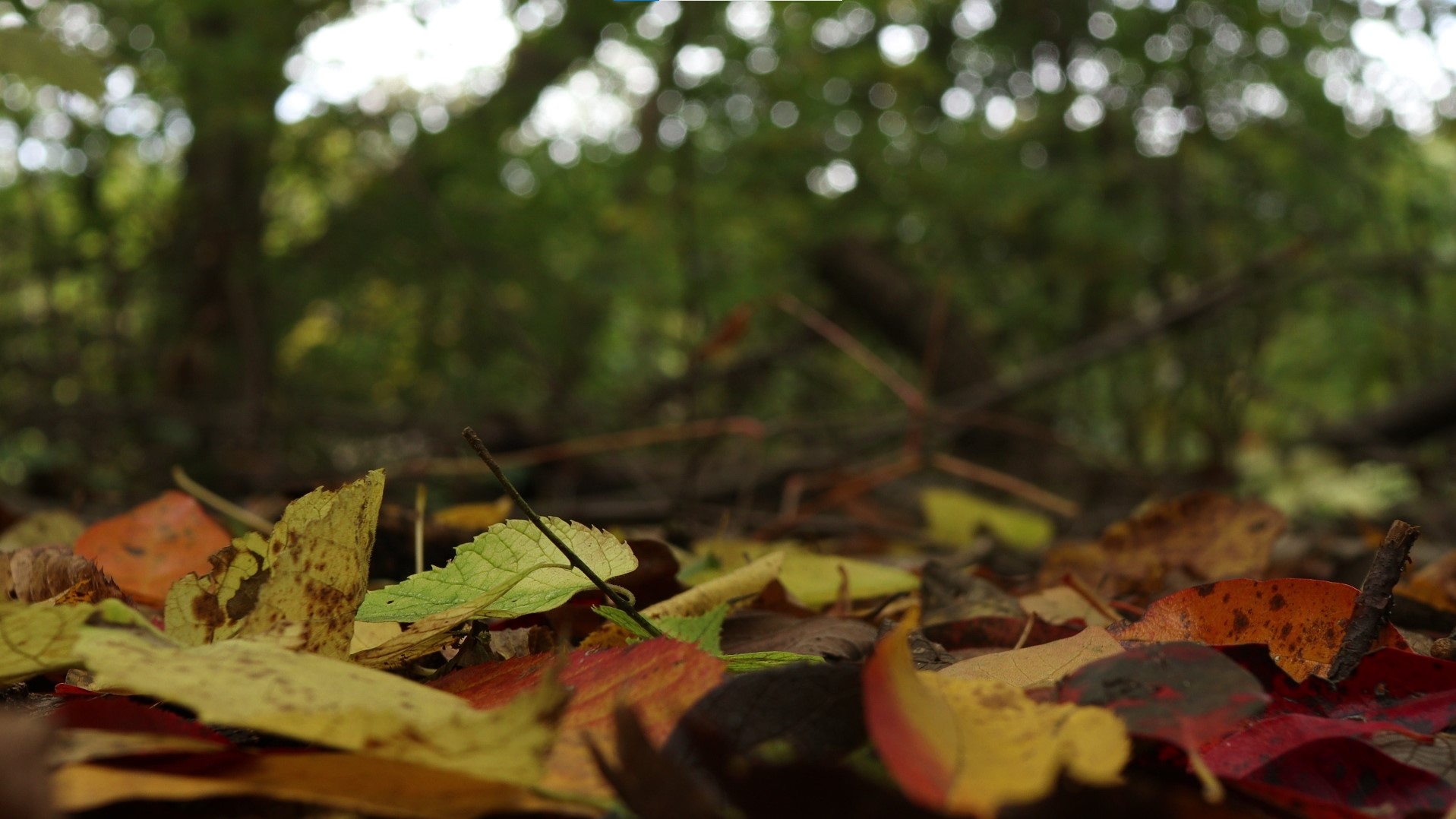 Nikki Lindt—The Underground Sound Project
Nikki Lindt—The Underground Sound Project
The Underground Sound Project is a collection of underground sound recordings made by artist Nikki Lindt over the course of the past year in the five boroughs of NYC and in rural Cherry Valley, NY. The recordings are made by placing microphones underground, underwater and even inside trees.
The Soundwalk is experienced along the trail in Prospect Park, NY. Along the path you will encounter features, such as a stream, old growth tree, soils, wildflowers, and many more. Via a sign with a QR code at designated locations along the walk, you will be able to experience the corresponding subsurface sounds. The soundwalk can also be experienced remotely with headphones.
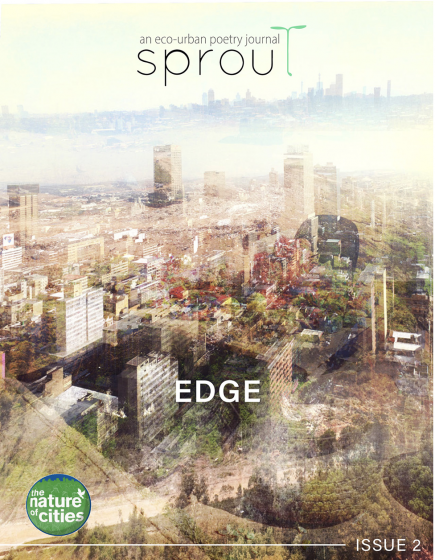 Sprout Eco-Poetry Journal: Issue 2
Sprout Eco-Poetry Journal: Issue 2
As a way of looking at the intersections between people, nature, and cities, for SPROUT’s second issue we invited poets to think about the edges of the eco-urban. Specifically, we were interested in how poets interpreted what constitutes the edge (or edges) of city life with its marginalia, liminality, and transitional spaces. The contributions that make up the issue offer us a window through which to view the edge(s) as places of (re)invention and (dis)comfort—where the edge can synchro- nously signal endings and beginnings. In the in-between, the edge offers up a fresh, creative space—a space where things overlap and push us to consider new ways of working, seeing, and being in the world.
Essays
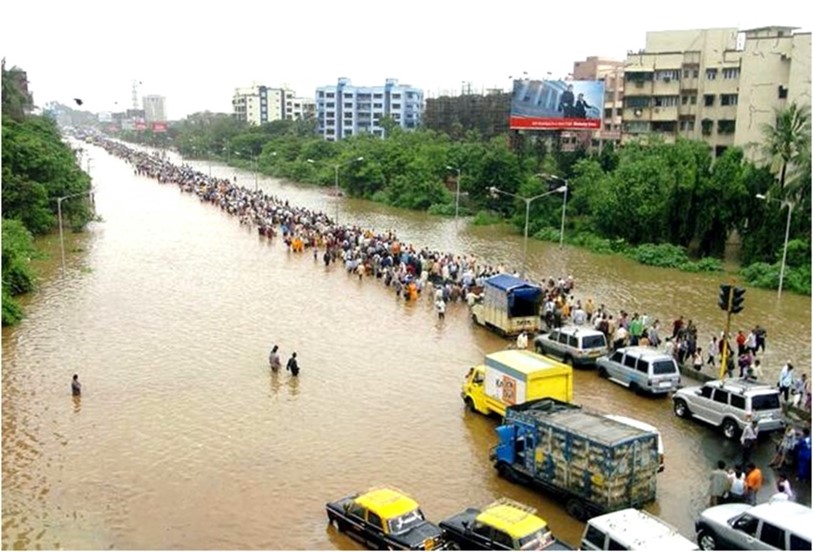
Developing a Successful Climate Action Plan for Mumbai
Samarth Das, Mumbai
With over 140 km of coastline and 480 sq.km land area, Mumbai is one of the most vulnerable cities to climate change-induced hazards such as sea-level rise, storm surge, and urban flooding amongst many others. With significant climate change impacts already affecting us, we need to go one step further than to simply suggest methods of mitigation and focus more on radical adaptation and change the way we look at development in our cities.
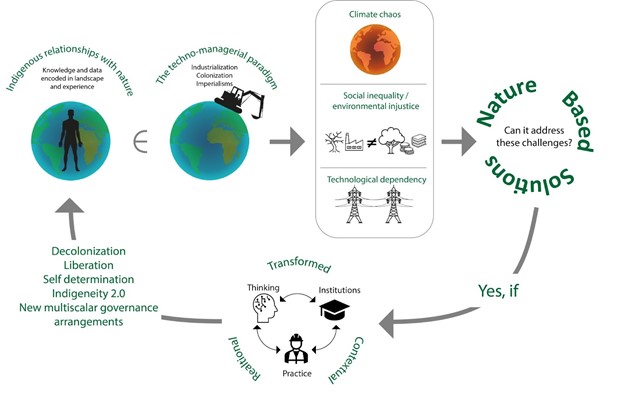 Embracing Diverse Concepts of Nature-based Solutions to Enact Transformational Change: A Perspective From the Early Career Working Group of the NATURA Network
Embracing Diverse Concepts of Nature-based Solutions to Enact Transformational Change: A Perspective From the Early Career Working Group of the NATURA Network
Zbigniew Grabowski, Millbrook. Ffion Atkins, Cape Town. Lelani Mannetti, Atlanta. Clair Cooper, Durham. Danielle McCarthy, Belfast. Robert Hobbins, Atlanta. Matt Smit, University Park. Yuliya Dzyuban, Singapore. Charlyn Green, Atlanta. Yeowon Kim, Ottawa. Hopeland P, Tamil Nadu. Pablo Cantis, New York. Luis Ortiz, New York
Governments and communities around the world are embracing Nature-based Solutions (NbS) as a major climate adaptation strategy. In order to address the challenges of the 21st century, we cannot rely on 20th-century managerial paradigms and must embrace new multi-scalar governance arrangements centering beneficial human relations with nature and reduce our dependence on technological extractivism.

The Ecology of a Soi: Bangkok’s Generic Architecture from Inside-out
Brian McGrath, New York. Vineet Diwadkar, Bangkok
Video data gathering captured the spatial and temporal distribution pattern — the flux/flow — of the ecology of small lanes in Bangkok. We present this distributive architectural system of local urban ecological data gathering as fundamental in collectively addressing the twin crises of social justice and climate change. It suggests that we should stop seeing cities in terms of centers and peripheries, a residual concept of colonial metropolitanism, but as patchy distributive ecological systems, where every point in the system has value.
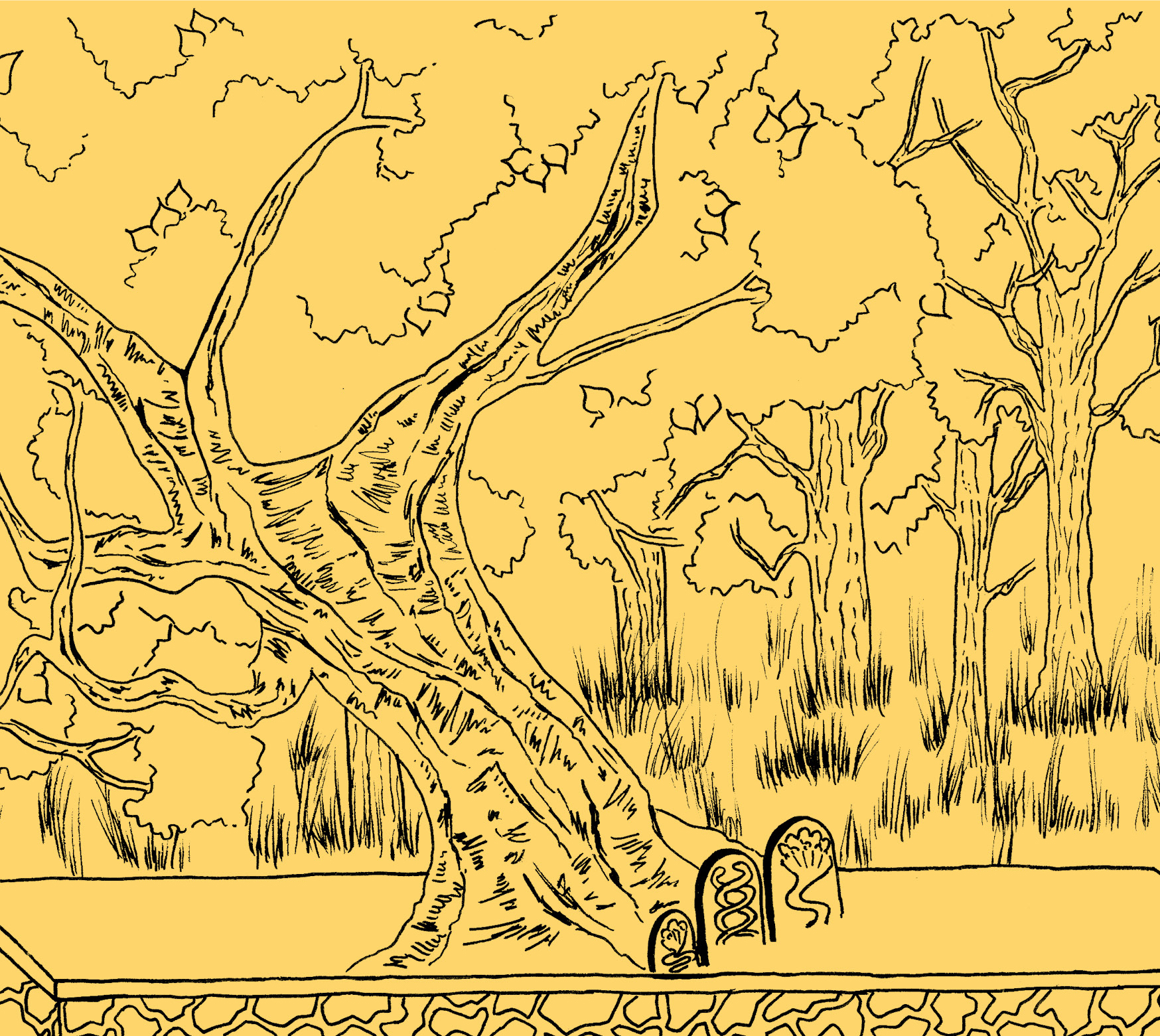
Illustration: Neeharika Verma
Where Have All Our Gunda Thopes Gone? An Illustrated Story of Loss and Hope Around Peri-Urban Commons in Karnataka, India
Sahana Subramanian, Lund. Neeharika Verma, Amherst. Sukanya Basu, Göttingen. Seema Mundoli, Bangalore. Harini Nagendra, Bangalore
Historically, thopes have been an integral part of the rural landscape, planted with fruit and timber yielding trees, and cared for by the local community. But, in recent times, there have been transformations to these thopes, especially in the peri-urban interface of cities such as Bengaluru, the capital of Karnataka. Our story is about one such thope that transformed from a grove of towering mango (Mangifera indica) and jamun (Szyzygium cumini) into a landscaped park with lawns and ornamental plants.
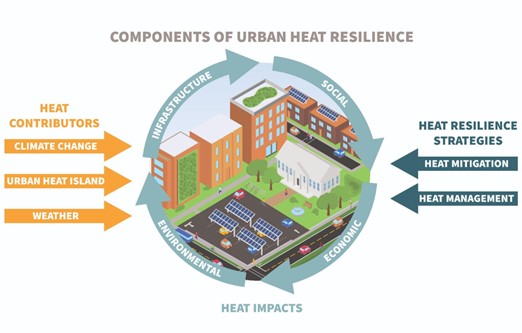
Heat Risks are Rising in Cities Worldwide — Here Is How to Plan for Urban Heat Resilience
Sara Meerow, Tempe. Ladd Keith, Tucson
Faced with the growing threat of extreme heat, cities everywhere need to plan for urban heat resilience — proactively mitigating and managing heat across urban systems and sectors. Here are seven key principles and eight strategies or urban heat resilience. Yet, compared with other hazards like flooding, heat governance, or the actors, strategies, processes, and institutions that guide decision-making for mitigating and managing heat as a hazard are underdeveloped.
 This Changes Everything: New York’s Environmental Amendment
This Changes Everything: New York’s Environmental Amendment
Rebecca Bratspies, New York
As the clearly expressed will of the people vis-à-vis environmental rights, Section 19 will both constrain and guide legislative action. The amendment provides a floor below which environmental protections cannot sink, and all laws will have to take account of that environmental floor. Going forward, Section 19 offers important guidance to New York’s legislature as it debates a wide range of new legislation across a host of topics including eliminating structural racism, criminal justice reform, public education, transportation and energy needs, housing and development, and climate change.
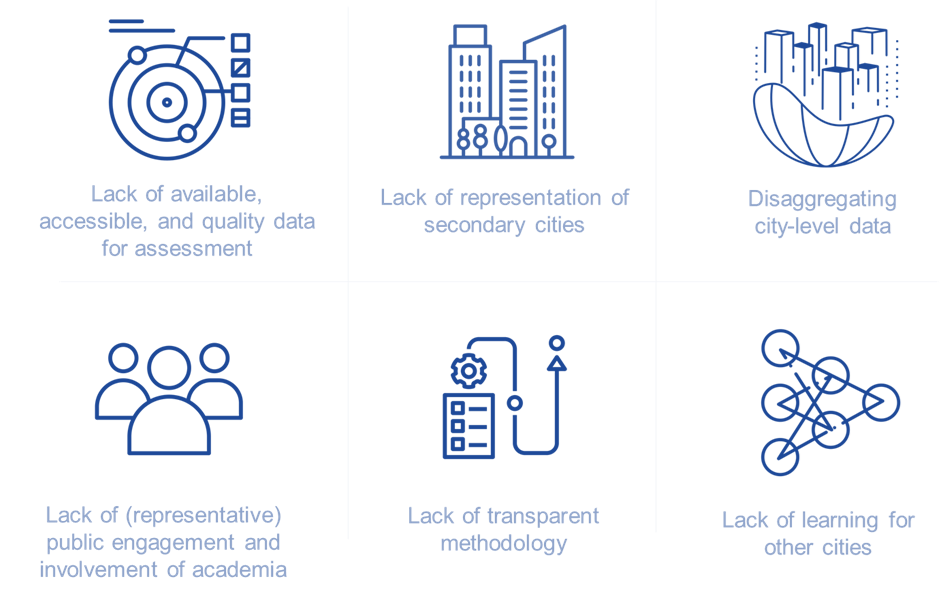
Better Rankings for Better Cities: The Limitations and Prospects of City Rankings
Devansh Jain & Perrine Hamel, Singapore
As urban practitioners, it’s important to understand the significance of these city rankings and indices, how they may or may not be useful, and be clear and mindful of their limitations. In this post, we present the preliminary findings from our research on city rankings and indices, exploring who are the users of city rankings, and how they use rankings in practice. We also identify the limitations of city rankings and propose future prospects and recommendations.
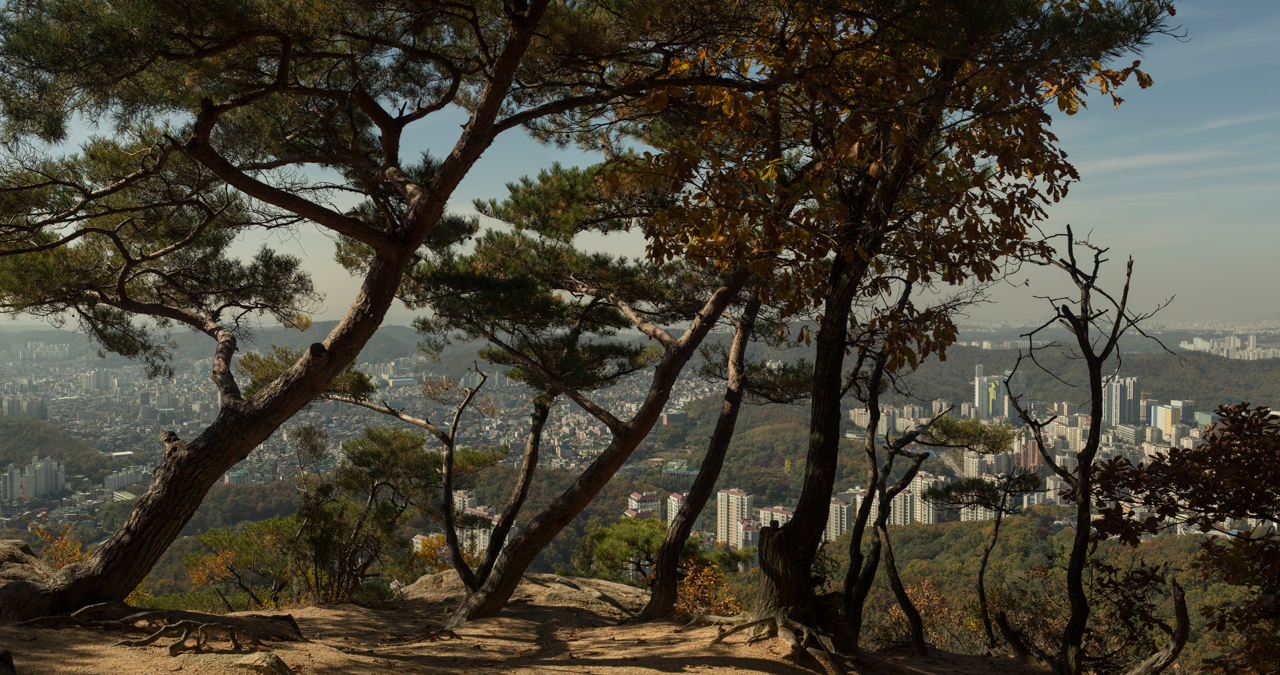
Photo Essay: Seoul and the Call of the Urban Wild
Patrick M. Lydon, Daejeon
The images in this series were taken over a period of seven years, during which I made frequent visits to Bukhansan. This is what a sustainable ecological culture means: It is not about sustainable materials or sustainable economics or sustainable political laws themselves—these all change with the winds—but rather, about figuring out an underlying cultural mindset that helps us to understand who we are, and how we relate to each other and to this living earth.
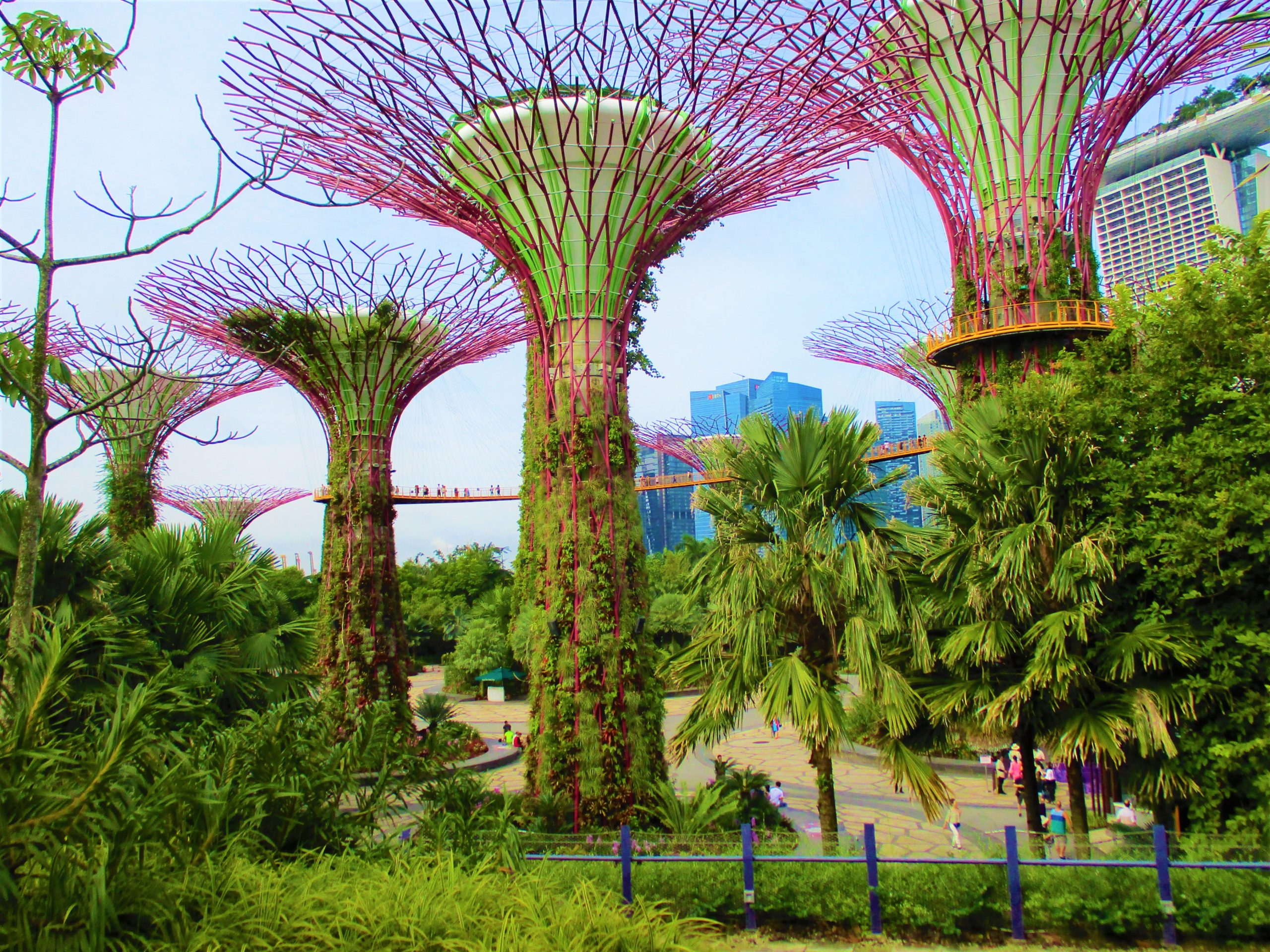
They Didn’t Pave “Paradise”, They Ploughed It
Lincoln Garland, Bath
While urbanization certainly has had many very negative impacts on the natural world, is the hostility that environmentalists and the wider public hold for it justified, or is there a much more important factor driving biodiversity loss? The impact of urbanization needs to be kept in perspective compared with the much greater threat to biodiversity coming from our unsustainable global food system. If we were to dismantle major urban centers and spread their populations over the surrounding countryside, far more pastoral paradise would be consumed and carbon footprint per capita would rise dramatically.
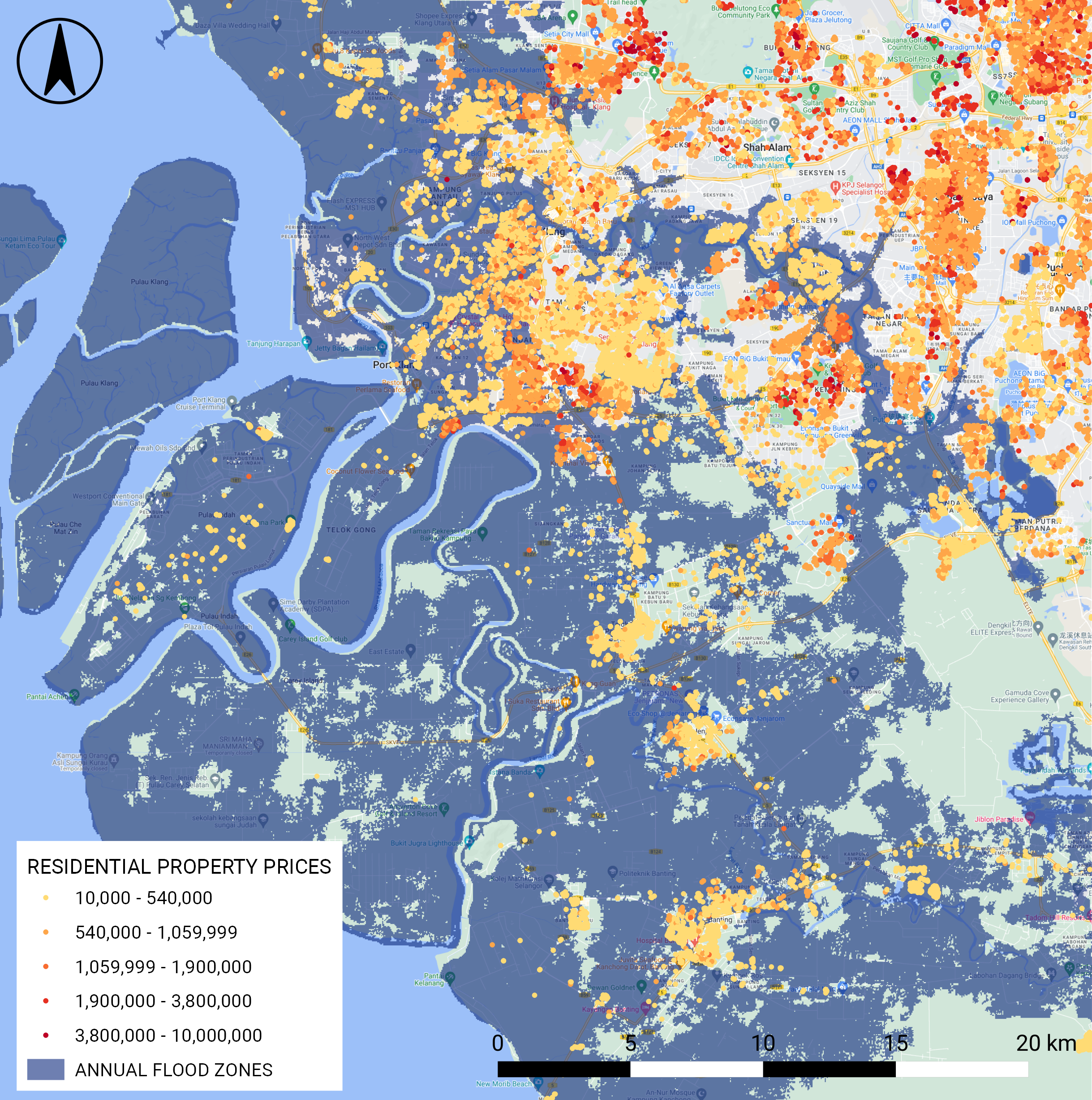
Can You Hear the Waves of Poverty?
Cha-Ly Koh, Kuala Lumpur
As millions and billions are being spent on Environmental, Social, and Governance (ESG) innovation investments, my thoughts are swimming toward not letting our weakest drown in the coming floods. A fundamental dilemma of Climate Tragedies in old cities is the memories and history that will undoubtedly sink with it. Our institutions and leaders have a moral obligation to exercise their resources to assess the risks at hand and generate a response plan to minimize the impact to its citizens.


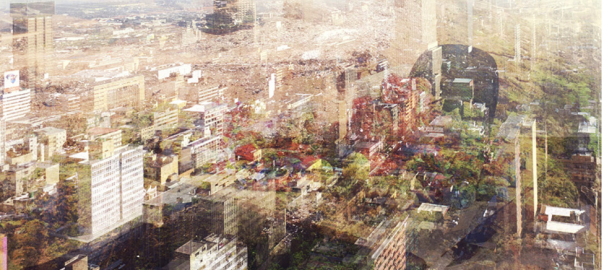
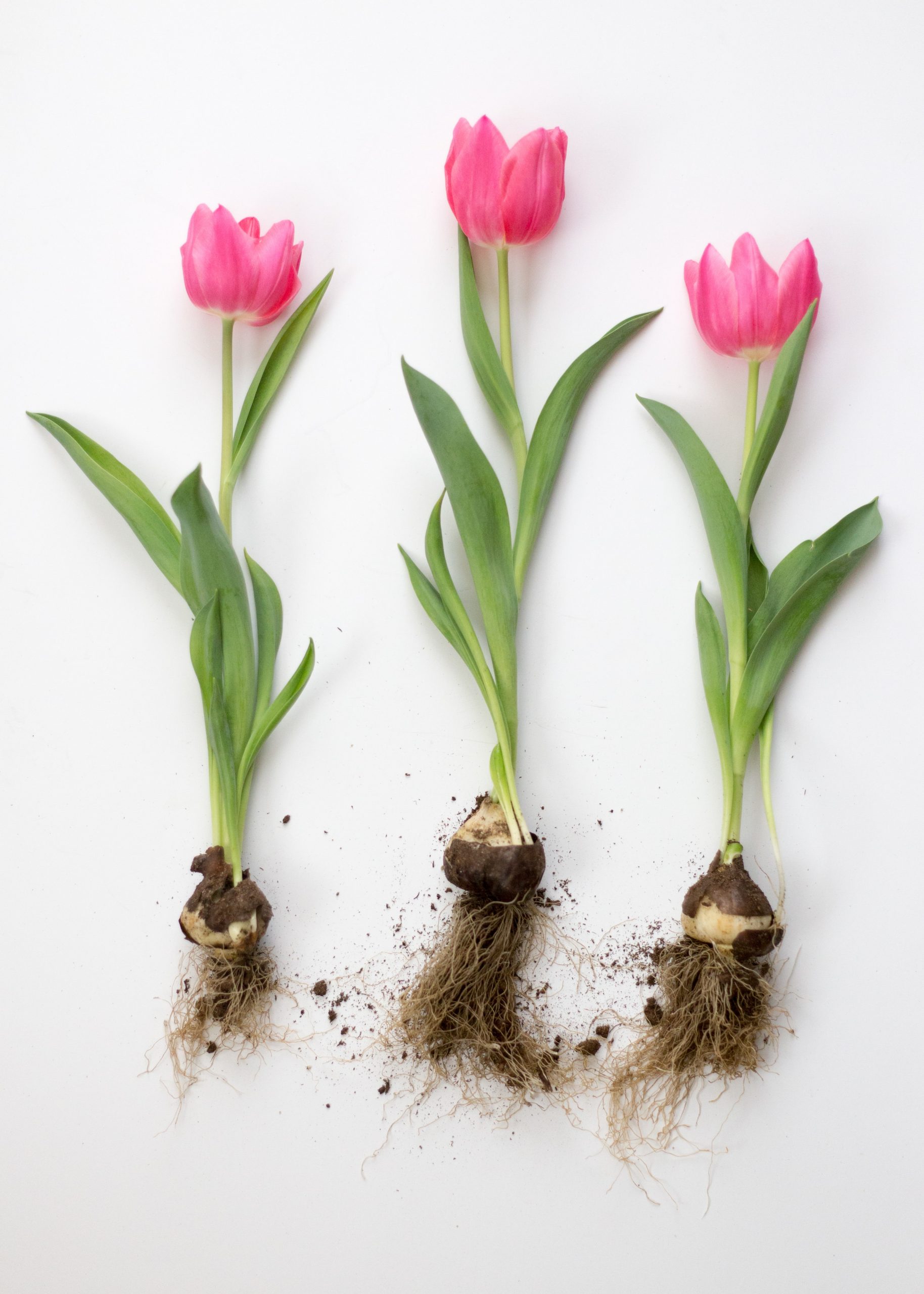
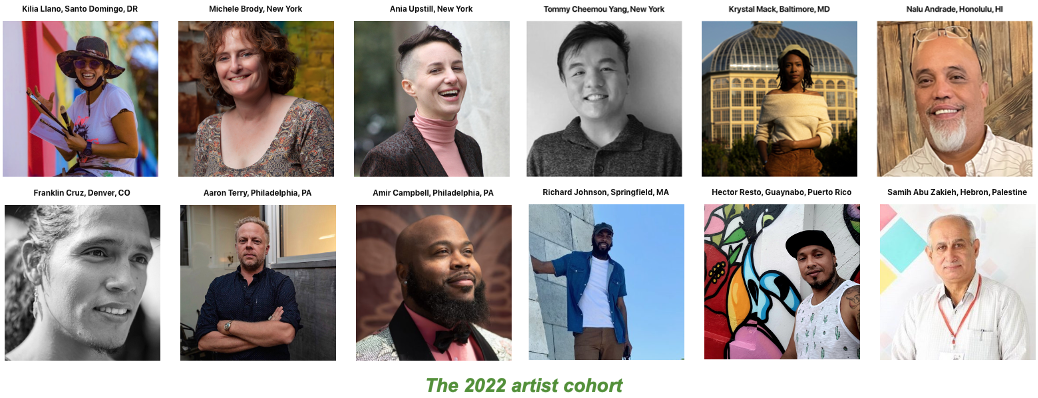
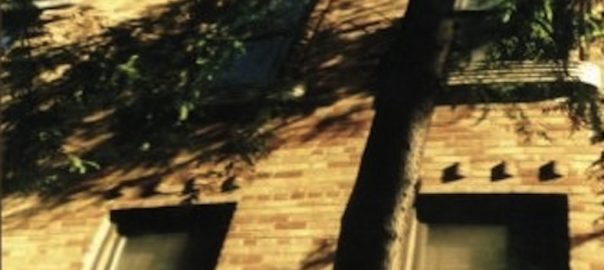
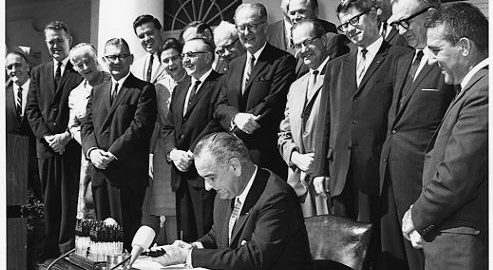
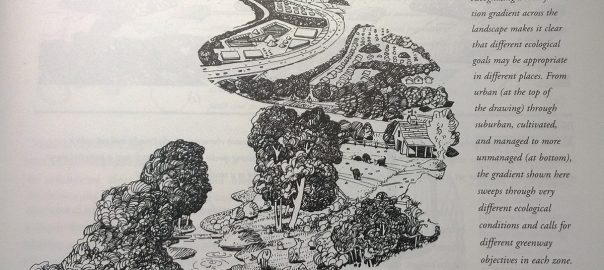
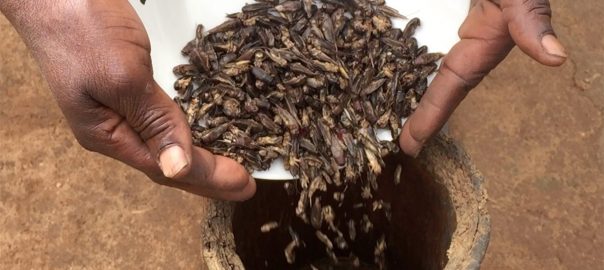
Leave a Reply